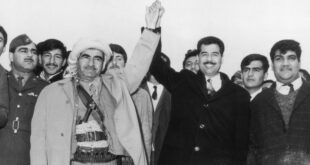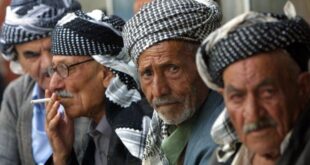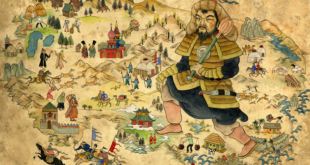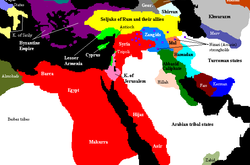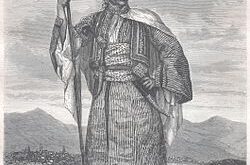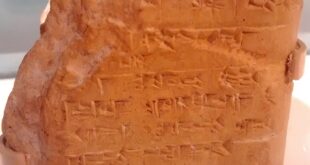IMAGE SOURCE,HULTON ARCHIVE Image caption, A peace deal agreed by the KDP and Iraq’s government in 1970 collapsed four years later Kurds make up an estimated 15% to 20% of Iraq’s population. They have historically enjoyed more national rights than Kurds living in neighbouring states, but also faced brutal repression. …
Read More »Yearly Archives: 2022
Who are the Kurds
Between 25 and 35 million Kurds inhabit a mountainous region straddling the borders of Turkey, Iraq, Syria, Iran and Armenia. They make up the fourth-largest ethnic group in the Middle East, but they have never obtained a permanent nation state. Where do they come from? The Kurds are one of …
Read More »Kurdish principalities after the Mongol period
After the Mongol period, Kurds established several independent states or principalities such as Ardalan, Badinan, Baban, Soran, Hakkari and Badlis. A comprehensive history of these states and their relationship with their neighbors is given in the famous textbook of Sharafnama written by Prince Sharaf al-Din Biltisi in 1597. The most prominent among these was Ardalan which was established in the early 14th century. The state …
Read More »Ayyubid dynasty
The Middle East, c. 1190. Saladin’s empire and its vassals shown in red; territory taken from the Crusader states 1187–1189 shown in pink. Light green indicates Crusader territories surviving Saladin‘s death. 0
Read More »History of the Kurds
Kurdish people, , Gelê Kurd), are an Iranian[1][2][3] ethnic group in the Middle East. They have historically inhabited the mountainous areas to the south of Lake Van and Lake Urmia, a geographical area collectively referred to as Kurdistan. Most Kurds speak Northern Kurdish (Kurmanji) or Sorani, which both belong to the Kurdish languages. There are various hypotheses as to …
Read More »Hittite language
Hittite (natively 𒉈𒅆𒇷 nešili / “the language of Neša“, or nešumnili / “the language of the people of Neša”), also known as Nesite (Nešite / Neshite, Nessite), was an Indo-European language that was spoken by the Hittites, a people of Bronze Age Anatolia who created an empire centred on Hattusa, as well as parts of the northern Levant and Upper Mesopotamia.[1] The language, now long extinct, is attested in cuneiform, in …
Read More » History of Kurdistan
History of Kurdistan
